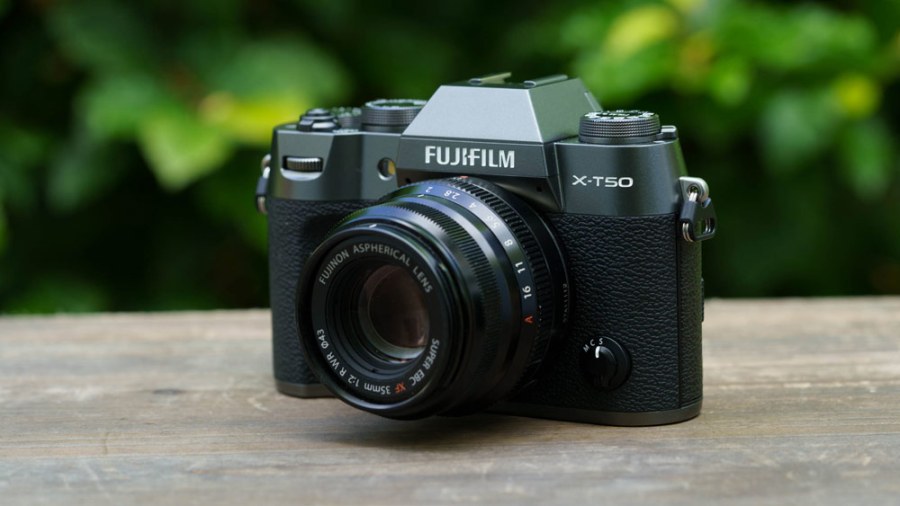In partnership with Fujifilm
Compact, versatile and packing a high-resolution sensor, the Fujifilm X-T50 is ideal for street and travel images, or whenever you’re away from home – and comes with world-class, in-camera film simulations that give your images a very special look AND speed up your workflow.
Street and travel photographers demand a lot from their gear. They need a compact, lightweight and discreet camera that doesn’t compromise on image quality. They also want plenty of advanced features along with quick, accurate autofocusing to help them capture spontaneous moments and developing action when they’re on the move.
The Fujifilm X-T50 ticks all of these boxes and more.
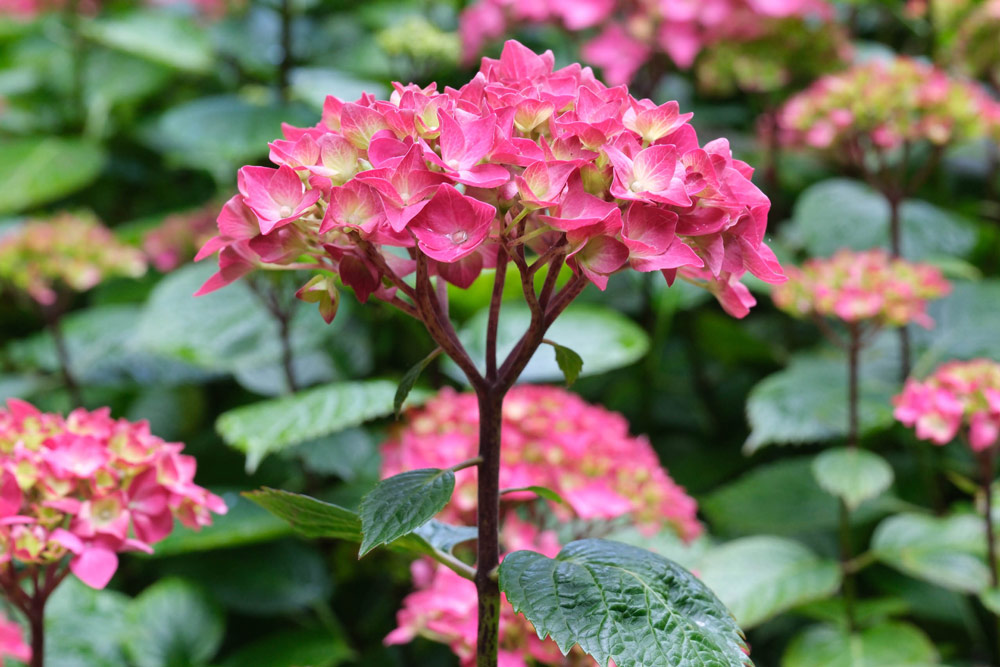
Compact design
Its compact and lightweight design is one of the most compelling reasons the Fujifilm X-T50 appeals for street and travel photography. Weighing just 438g with a battery and memory card, it’s easy to carry around whether you’re wandering through bustling city streets or exploring remote landscapes.
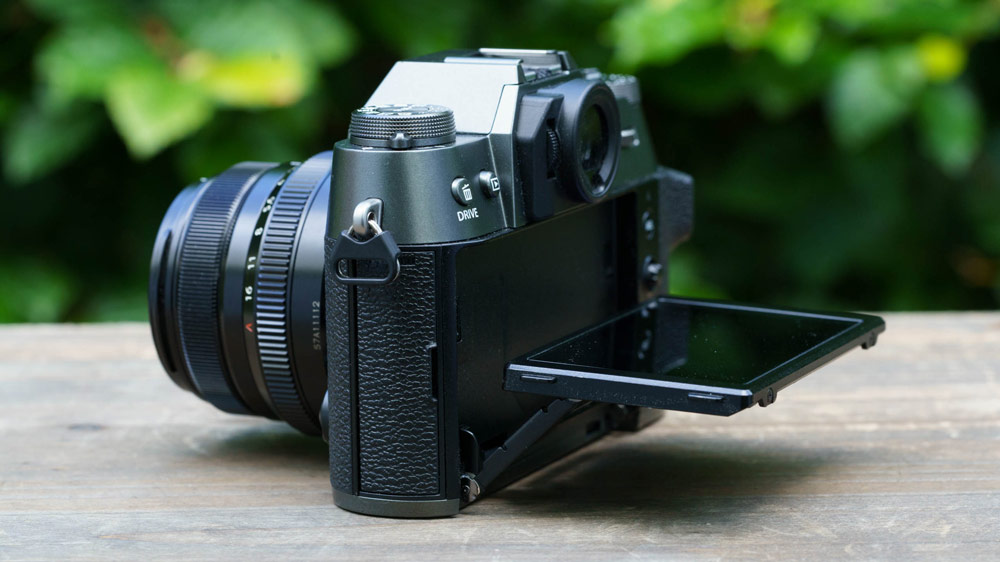
The Fujifilm X-T50’s small size, combined with its silent electronic shutter option, ensures that it won’t draw unnecessary attention, allowing you to blend in and capture candid moments as they unfold.
The X-T50 has the same 40.2MP APS-C format X-Trans CMOS 5 HR sensor as the widely-respected Fujifilm X-T5, X-H2 and X100VI. That means that it is capable of delivering stunning image quality with a high level of detail.
That high resolution also means you can make prints a fraction larger than A2 size (594 x 420mm) at 300ppi or crop in on details without losing significant quality. It makes for a versatile camera, with the cropping being especially useful when you don’t want to carry more than one lens or you don’t have time to swap optics.
Film Simulation Modes for share-ready images
Fujifilm’s Film Simulation Modes are widely considered to produce the best JPEG colours available straight from a camera. They allow you to achieve a specific look or style without having to edit later on the computer, or even having to download the images.
This can greatly speed up your photography workflow, as you can immediately see the effect of a particular Film Simulation. Often, after a long day’s shooting, the last thing you want is to be tied to your computer editing images during your downtime.
The X-T50 has no less than 20 Film Simulation modes to choose from, including the new REALA ACE profile which delivers natural colour with high contrast, making it a great choice for a wide range of applications – but especially landscape and portrait photography.

There are also older favourites like CLASSIC CHROME which produces muted earthy tones that work especially well for street or documentary photography, ASTIA/SOFT which also produces less saturated colours that are attractive with many natural subjects, and VELVIA/VIVID which boosts the saturation for high-impact results.
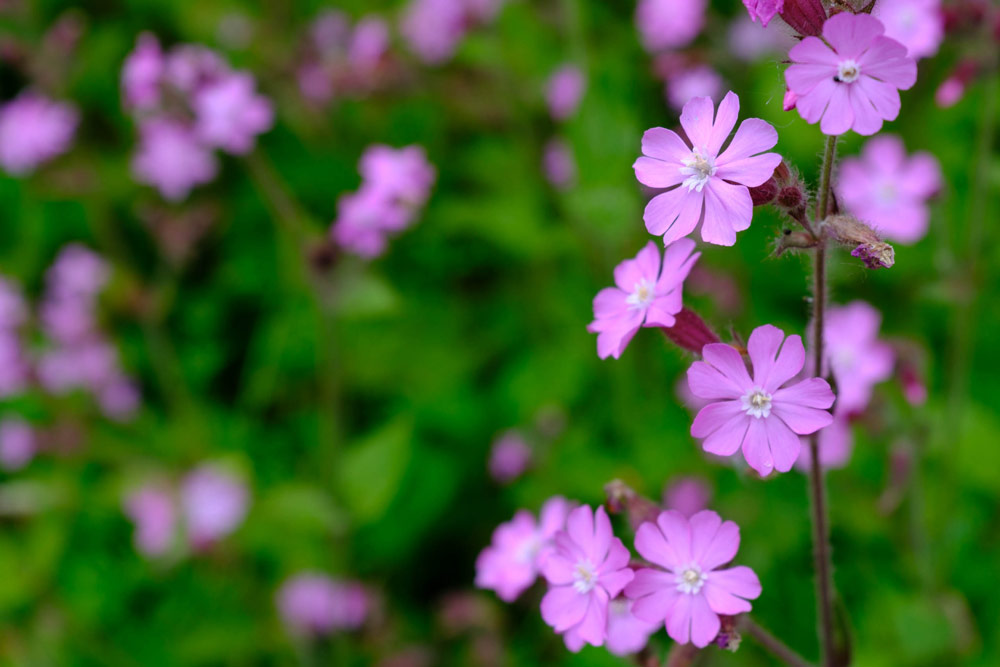
If you’re a fan of black and white photography, then the X-T50 has no fewer than eight monochrome options, including the very popular ACROS Film Simulation mode. ACROS can be used ‘au naturel’ or with a yellow, red or green filter effect to replicate the impact of using traditional coloured filters with black and white film.
Having 20 Film Simulation Modes from means there’s always one to suit your subject, mood or the shooting conditions. Also, thanks to the X-T50’s dedicated Film Simulation Mode dial you can switch quickly between your favourite options so you always capture exactly what you want in-camera.
Naturally, there isn’t room for all 20 Film Simulation modes on the dial, but there are dedicated settings for 8 of them (PROVIA, VELVIA, ASTIA, CLASSIC CHROME, REAL ACE, CLASSIC NEG, NOSTALGIC NEG and ACROS), plus three custom settings.
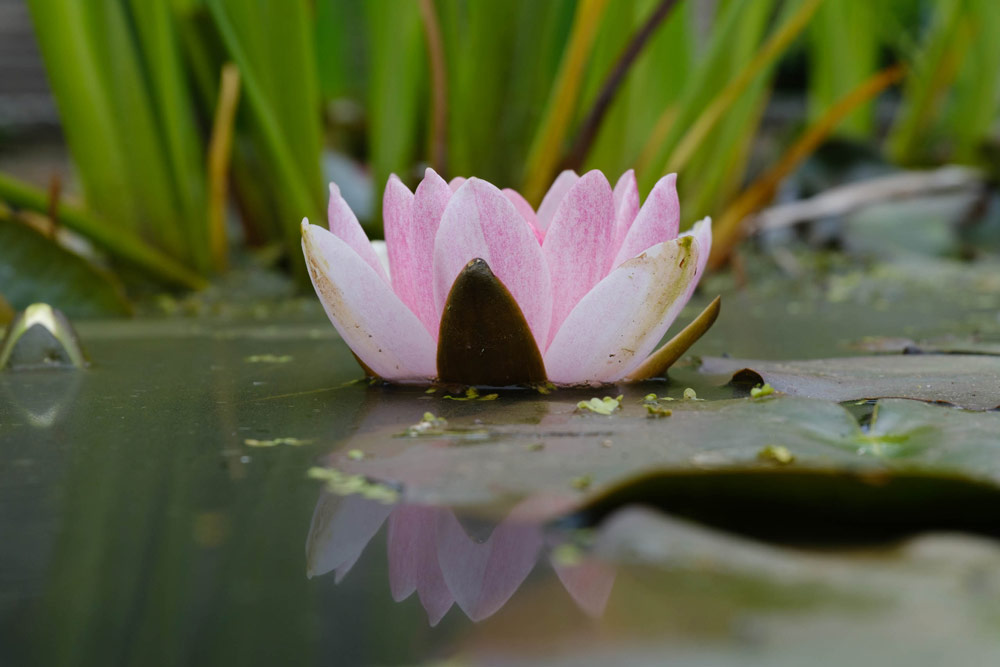
These three settings can be customised via the menu to access any that don’t have a dedicated setting but you like to use frequently. In addition, the dial has a ‘C’ setting that allows you to select from the full complement via the Q Menu.
Furthermore, because the X-T50 is a mirrorless camera and has an electronic viewfinder, you can preview your images with the selected Film Simulation Mode applied before you press the shutter button. You can then switch quickly between the various modes until you see one that works well for your scene.
As you’d expect, the X-T50 has Wi-Fi and Bluetooth connectivity on-board which means you can share your images to a connected smartphone to keep friends and family at home up to date with your travels. It also allows you the share images with any portrait subjects you photograph during your travels.

High-Resolution Sensor
Another great feature of the X-T50 is that it has the same 40.2MP APS-C format X-Trans CMOS 5 HR sensor as the widely-respected Fujifilm X-T5, X-H2 and X100VI camera. This means that it is capable of delivering stunning image quality with the level of detail that’s required for capturing the most important features of street scenes and landscape or travel views.
That high resolution also means you can make prints a fraction larger than A2 size (594 x 420mm) at 300ppi or crop in on details without loosing significant quality. It makes for a versatile camera, with the cropping being especially useful when you don’t want to carry more than one lens or you don’t have time to swap optics.
High-speed shooting capabilities
Street and travel photography can often be unpredictable. One minute you can be photographing ancient architecture and the next a bustling market scene or traditional dance. The X-T50 comes to the rescue with its impressive high-speed shooting capabilities.
When the mechanical shutter is in action, it can shoot continuously at up to 8 frames per second, but switch to the electronic shutter and you can shoot at up to 20fps with a 1.29x crop. It means that you can be confident that you’ve captured split-second moments that you want to remember for a lifetime.
The Fujifilm X-T50’s advanced autofocus
The X-T50’s advanced autofocus system is another feature inherited from cameras further up the Fujifilm range. Its subject detection capability is a major bonus for street and travel photographers.

It means the X-T50 can recognise and track a variety of subjects, including people, animals and vehicles so you can be sure that your subject is sharp in fast-action situations or when you don’t have long to compose your shot.
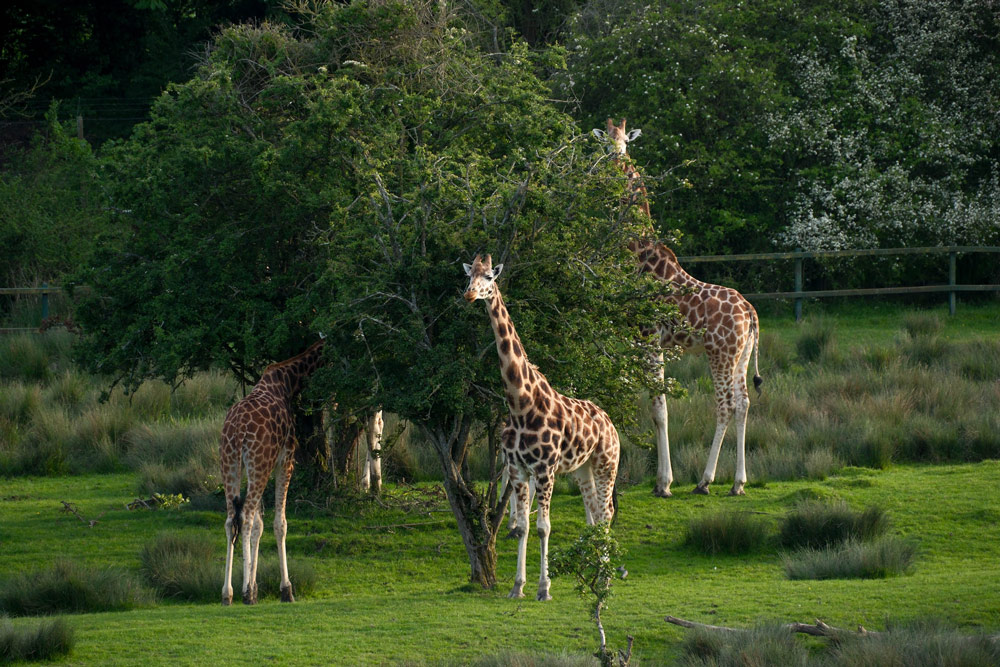
The X-T50’s face and eye detection focus is also perfect for street portraits, ensuring the focus is in the right place without keeping your subject waiting.
In-body image stabilisation
In-body image stabilisation (IBIS) is a fantastic feature for photographers who shoot indoors and in low light conditions. It enables you to capture sharp images without the need for a tripod, which is perfect when you need to travel light.

In some tourist hot-spots, a tripod isn’t even allowed! The X-T50’s IBIS provides up to seven stops of shake reduction, which is the difference between 1/250sec and 1/3 sec.
Video capability
The Fujifilm X-T50 also has some impressive video credentials. For instance, it supports internal 6.2K 30p recording in 4:2:2 10-bit colour, ideal for capturing a vibrant scene. Alternatively, those who want even more flexibility and scope for colour grading can set the X-T50 to output raw video (ProRes or Blackmagic formats) over HDMI in 4:2:2 12-bit to an external recorder.
But of course, those 20 Film Simulation modes are also available in video mode so you can capture movies that looks great in-camera and match your still images. There’s also a 3.5mm stereo microphone input for high-quality audio capture, which can make a dramatic difference when you want to capture the sights and sounds of a new location.
The Fujifilm X-T50: traditional values
Like its predecessors, the X-T50 has traditional exposure controls that many photographers find intuitive and satisfying to use. As well as enabling you to check the exposure settings without powering-up the camera, the top-plate dials for shutter speed and exposure compensation paired with a lens aperture ring allow for quick adjustments.
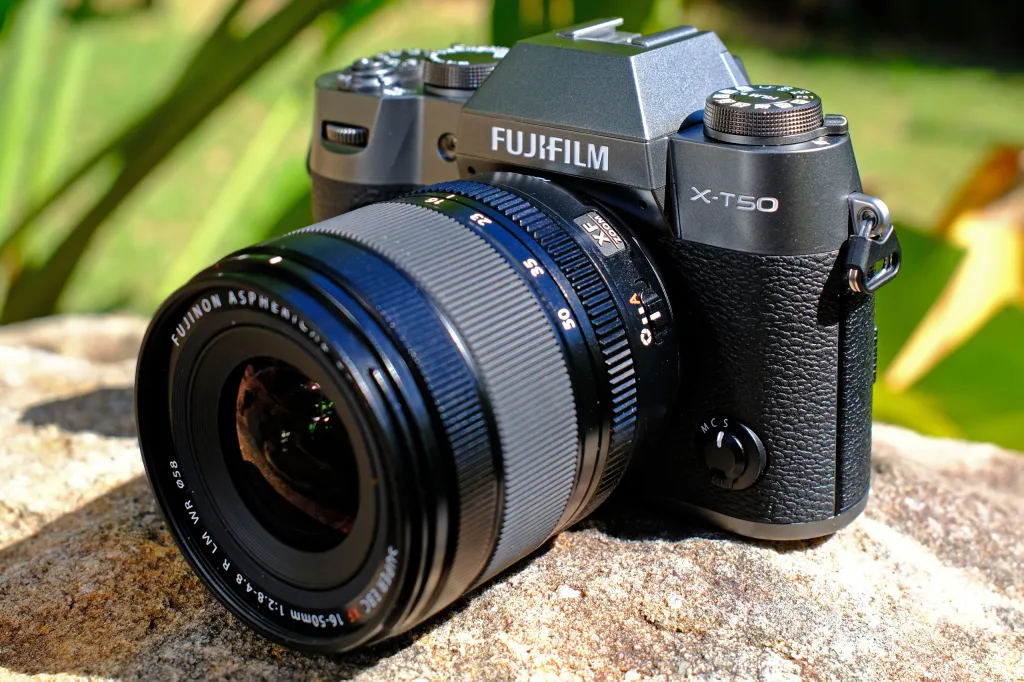
Despite its compact size, the X-T50 boasts a robust build quality with metal alloy top and bottom plates that can withstand the rigours of travel. Its slim but well-shaped handgrip and thumb rest ensure comfort and stability, making it easy to shoot for extended periods.
Further good news is that alongside the 2.36m-dot, 0.62x electronic viewfinder, there’s a 3in, 1.84m-dot tilting touchscreen. The screen is useful when you want to shoot from above or below headlight to capture more creative images of the scene before you.
Lens compatibility and versatility
Unlike the Fujifilm X100 VI, the X-T50 is compatible with Fujifilm’s extensive range of X-mount lenses. As a small camera, it’s best paired with the company’s smaller optics to create a travel-friendly system. Nevertheless, Fujifilm, offers an extensive range of lenses with options to suit every shooting situation.
The Fujifilm X-T50: a great all-rounder
In conclusion, the Fujifilm X-T50 is an excellent choice of cameras for street and travel photography, offering a perfect blend of high-end features and portability. Its compact and lightweight design, high-resolution sensor, superb in-camera Film Simulations, advanced autofocus and in-body image stabilisation make it a formidable tool for capturing your travels!

